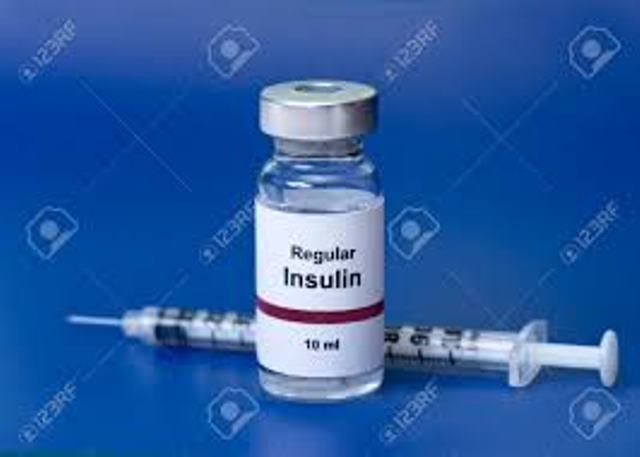Scientists have created a new drug cocktail that can induce insulin-producing cells to regenerate at a rate that is fast enough to work in human treatments.
This is a key step in the pursuit of a cure for diabetes that restores the body’s ability to make insulin.
The recent study by researchers at the Icahn School of Medicine at Mount Sinai in New York City, NY, reveals how a novel combination of two classes of drug can make adult human beta cells replicate at a rate of 5–8 percent per day.
The team reports the findings in a paper that features in the journal Cell Metabolism.
“We are very excited about this new observation,” says lead author Dr. Andrew F. Stewart, who is director of the Mount Sinai Diabetes, Obesity, and Metabolism Institute, “because, for the first time, we are able to see rates of human cell beta cell replication that are sufficient to replenish beta cell mass in human beings.”
In earlier work, the team had investigated a small molecule that blocks an enzyme called dual-specificity tyrosine-phosphorylation-regulated kinase 1A (DYRK1A). This molecule led to a beta cell proliferation rate of 1.5 to 3 percent.
In the new study, the team demonstrated how adding a small molecule from a different class of drug raised the proliferation rate to an average of 5–8 percent. The second drug blocks members of the transforming growth factor beta superfamily (TGFβSF).
However, while the study has taken an important step by showing that the drug combination can regenerate beta cells fast enough for treatment, there is still some work to do.
As Dr. Stewart explains, “The next big hurdle is figuring out how to deliver them directly to the pancreas.”
Diabetes is a disease in which blood glucose rises to harmful levels. Persistent high blood glucose damages blood vessels, nerves, and other body systems. It can lead to vision loss, kidney disease, and heart problems.
Blood glucose levels rise because of difficulties with producing and using insulin, a hormone that helps the body’s cells absorb and use glucose to make energy.
According to the World Health Organisation, estimates suggest that there could be as many as 300 million people worldwide with diabetes by 2025.
There are two main types of diabetes: type 1 and type 2. Around 90–95 percent of adults with diabetes have type 2.
In type 1 diabetes, the lack of control of blood glucose occurs because the immune system destroys insulin-producing beta cells in the pancreas.
Type 2 diabetes usually starts with insulin resistance, a condition in which cells become less effective at using insulin. The pancreas initially compensates by making more insulin, but this is not a long-term solution, and blood glucose levels eventually climb.
Although the two types have differences, recent studies reveal that type 1 and type 2 diabetes share a major feature: a diminished supply of functioning insulin-producing beta cells.



